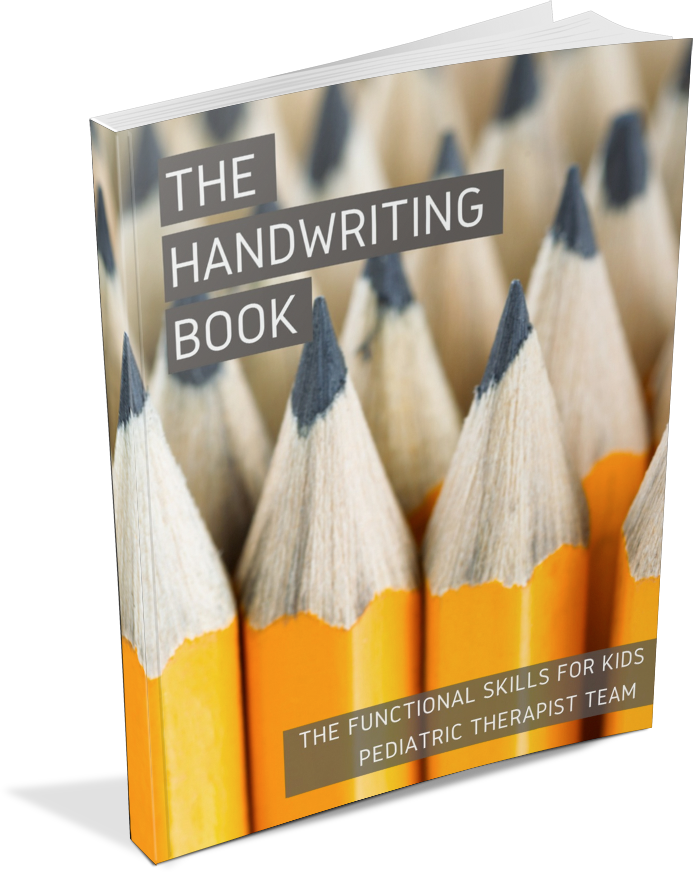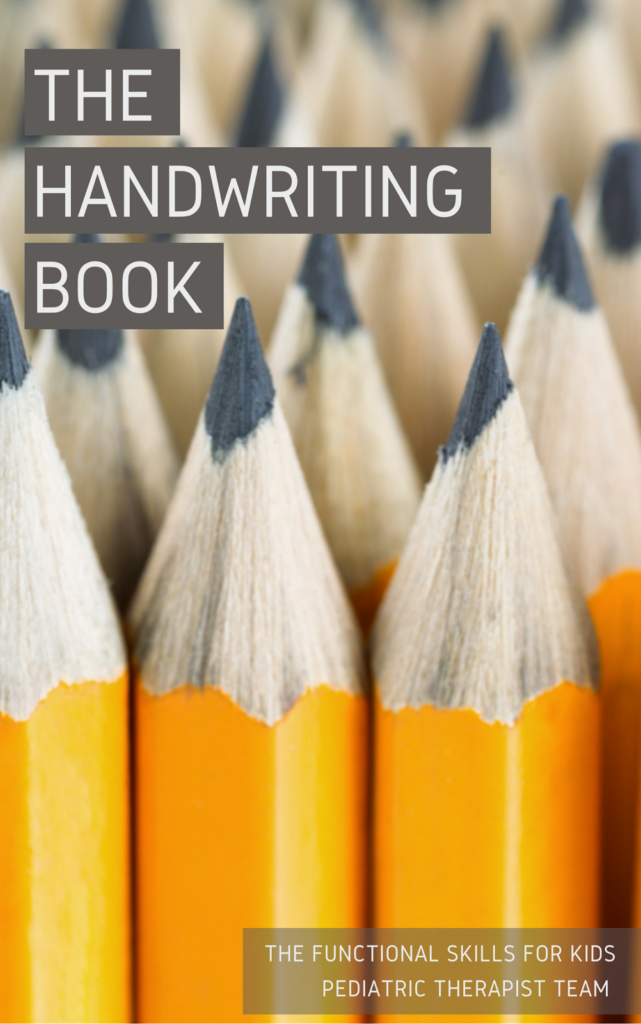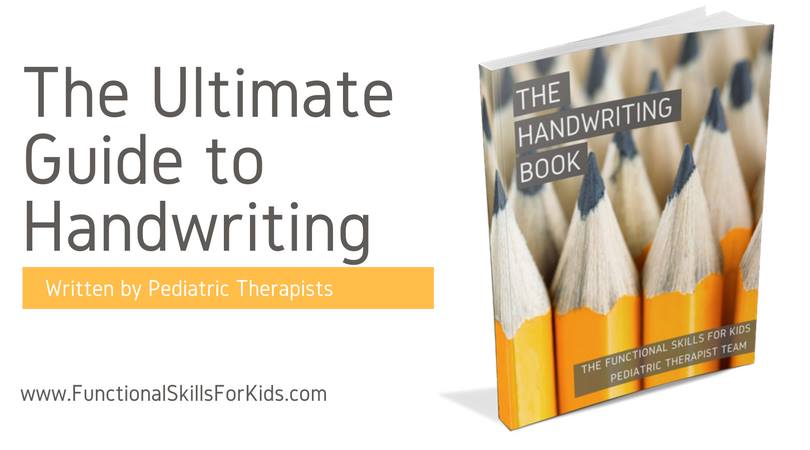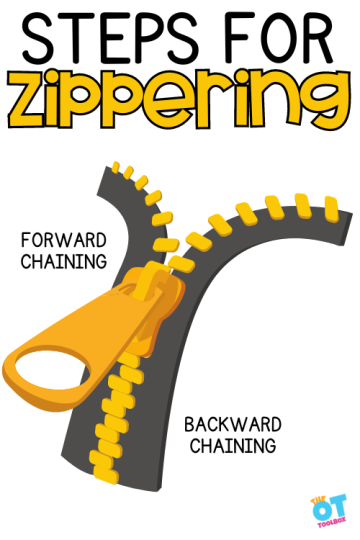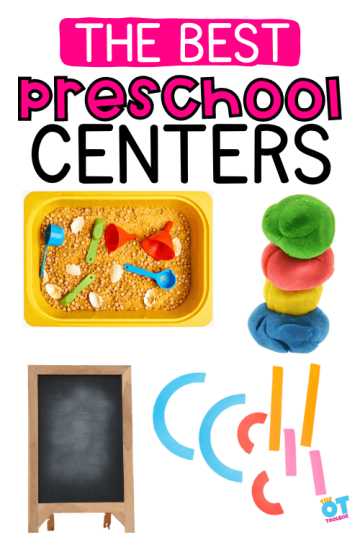When a child learns to write letters, they are forming handwriting muscle memory that becomes instinctive. One important piece to the handwriting puzzle is fluid writing, or the motor planning in handwriting that makes writing letters natural, efficient, and fluid. Motor planning and the developmental skills that follow allow a child to copy the parts of letters. Part of handwriting practice is building the motor plan to make letters from memory!
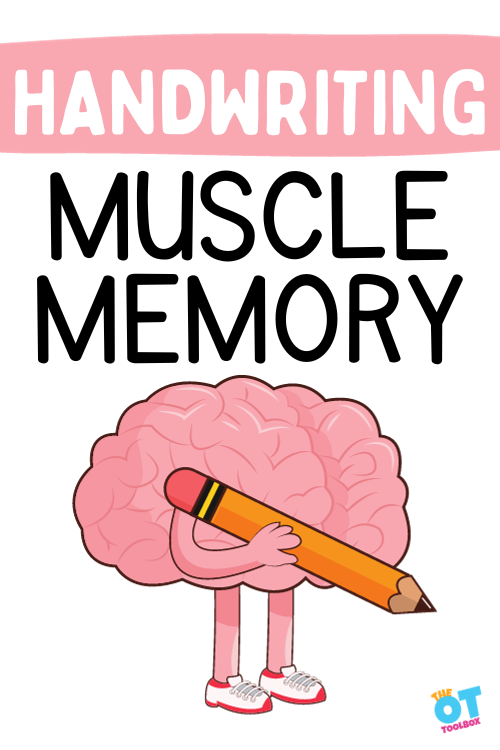
One area of handwriting problems that impact legibility is the ability to automatically form letters without thinking about the formation of each letter.
Handwriting and Muscle Memory
At first, children learn the pre-writing strokes that are needed to copy shapes like lines, a plus sign, an “x”, a square, and more complex shapes and forms.
Then, as they learn to write letters, they use a form of letter construction to build a letter according to the sequential steps.
Over time, this becomes engrained in their muscle memory.
As they learn to use their “mind’s eye” to write the letters without copying, they are able to write the letters needed to write their first name. This is essentially muscle memory to write letters.
What follows, is an ability to write letters independently. When a motor plan in handwriting has been established, children can then write words and sentences without copying from a model.
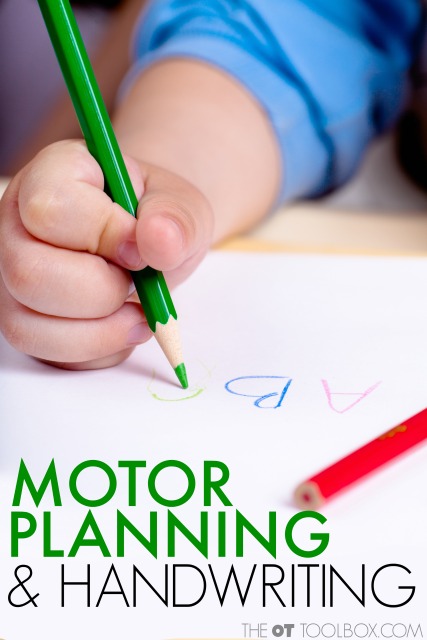
Motor Planning and Handwriting
There are a lot of pieces that play into motor planning related to handwriting. The body’s sensory systems, processing speed, and motor output are all important parts of the motor plan that allows us to write independently.
Our body is able to respond to sensory information and know what the arm or hand is doing without directly looking at it. We are able to instinctively process the information needed to move our hands to turn over the paper or open the book.
In most cases, we can do these tasks without looking at our hands. When motor planning is an issue, children might need to look at their hands, think through the actions, and perform the parts of the task slowly or laboriously.
Likewise, the typical student learns to write the letters in their name without thinking about the way the letters are formed. We are able to hold the paper with our non-dominant hand while manipulating, rotating, and shifting the pencil with our dominant hand.
These tasks and pieces that make up the skill of handwriting becomes automatic with practice. We use the skills that we know in order to perform tasks naturally.
Motor planning and handwriting uses sensory information that is registered, filtered, organized, and used appropriately in tasks like managing paper, pencils, and letter formation.
Muscle Memory in Handwriting
For children with slow processing speed, the sensory information that comes in during handwriting tasks can interfere with motor planning and written work.
Handwriting becomes slow, laborious, and illegible, especially as children are required to write more information and at faster speeds in the older grades.
Consider the child who has difficulty with motor planning and handwriting. The difficulties may not truly present until the student is required to write spelling words, complete writing prompts while thinking creatively, or use increasing speeds in order to take notes.
Proficient handwriting relies on the development of muscle memory for forming letters, an essential aspect of motor planning. This handwriting motor planning not only facilitates the writing speed at which one can output letters onto the paper, but also contributes significantly to the accuracy and legibility of the written text.
Slow processing speed- To take this even further, the individual may struggle with processing, which adds additional time onto the process.
Slow Processing Speed in Handwriting
When we see students who struggle with motor planning in writing, there can be several things going on.
One of those considerations is slow processing speed which impacts handwriting skills.
Processing speed refers to the ability, or time it takes to absorb and interpret information. This ability is needed for all motor tasks, and handwriting is included!
When we consider the aspect of writing, slow processing speed may impact:
- Recognizing letter forms (letter recognition)
- Initiate a response, or written output
- Copying letters or words
- Free-writing may be especially impacted, because of the executive functioning skills needed for attention, working memory, and task initiation, and other components.
There is much more happening when it comes to the relationship between handwriting and executive functioning skills.
Processing Speed in Handwriting can also pertain to visual elements like letters and numbers, auditory aspects like spoken language, or motor functions, as observed in tasks such as writing or fine motor activities like catching objects.
It’s important to mention that slow processing speed in handwriting has a huge impact on maintaining precision in handwriting and other cognitive tasks.
- The child might not have a “plan” in place to form the letter. They might need to actively consider how each letter is properly formed by visualizing the letter in their mind’s eye. This processing task takes time!
Occupational therapy can support Dyslexia and slow processing in writing by using tools and activities.
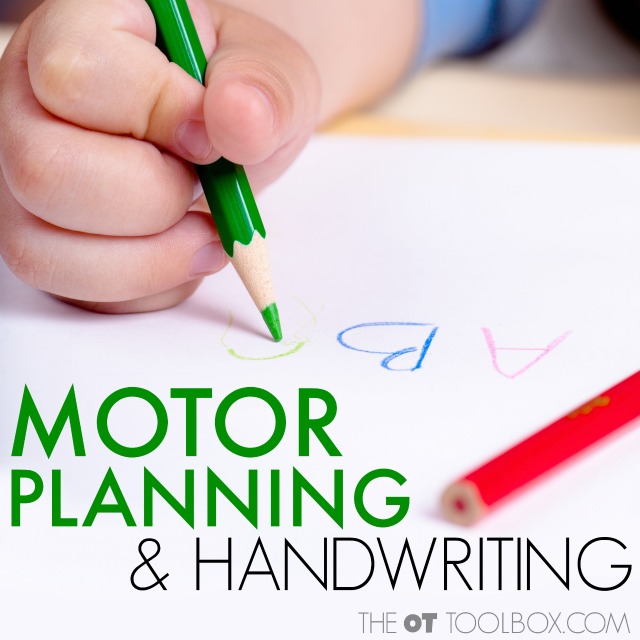
It is important to note that slow letter formation, inaccurate line use or formation of letters, poor pencil stroke order, or other indications of motor planning concerns in written work are typical of the child who is learning to write.
Children will reverse letters, write an “h” when they intended to write an “n”, or other inaccuracies.
Motor planning and handwriting is just one important piece that makes up the complex skill of written work.
One way to support the motor plan needed for handwriting is to use specific strategies, adaptations, handwriting accommodations, and practice!
You might know that I have been working alongside several other pediatric Occupational Therapists and Physical Therapists to write The Handwriting Book.
In The Handwriting Book (digital e-book), you will find information relating to handwriting and:
- The Developmental Progression of Pencil Grasp and Handwriting Strokes
- Fine Motor Skills
- Gross Motor Skills
- Sensory Considerations
- Visual Perceptual Skills
This resource is intended especially for parents who have a child who struggles with handwriting, teachers who want to find out more about why their students struggle with written work, and therapists who are looking for creative ways to address common handwriting struggles.
Inside The Handwriting Book e-book, you will find:
- Tips and Strategies for the Reluctant Writer
- Ideas for Combining Handwriting and Play
- Activities to Practice Handwriting Skills at Home
- Tips for Sizing, Spacing, and Alignment in Written Work
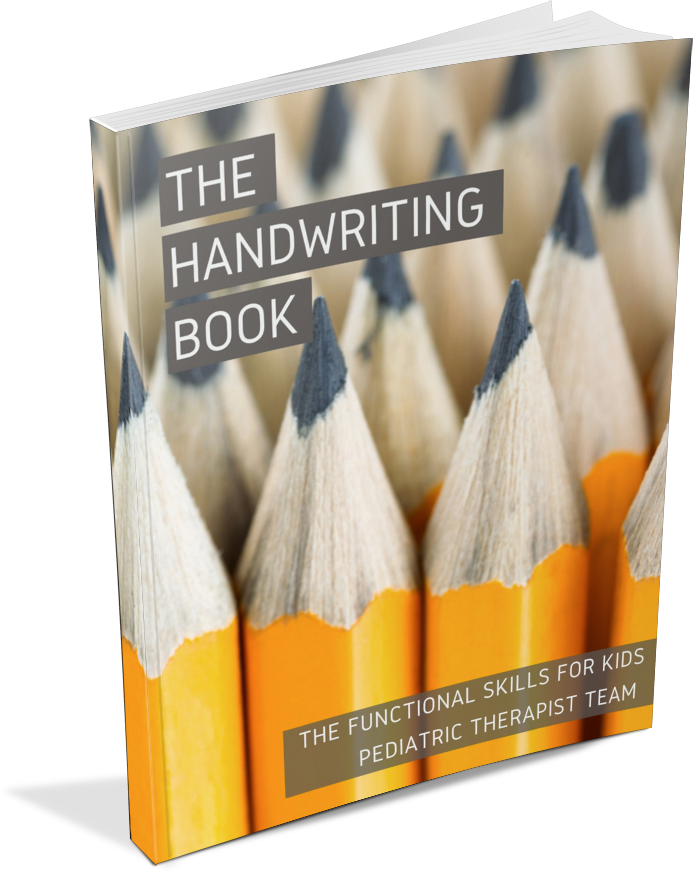
The Handwriting Book covers everything you need to know about handwriting, guided by development and focused on function. This digital resource is is the ultimate resource for tips, strategies, suggestions, and information to support handwriting development in kids.
The Handwriting Book breaks down the functional skill of handwriting into developmental areas. These include developmental progression of pre-writing strokes, fine motor skills, gross motor development, sensory considerations, and visual perceptual skills. Each section includes strategies and tips to improve these underlying areas.
- Strategies to address letter and number formation and reversals
- Ideas for combining handwriting and play
- Activities to practice handwriting skills at home
- Tips and strategies for the reluctant writer
- Tips to improve pencil grip
- Tips for sizing, spacing, and alignment with overall improved legibility
Click here to grab your copy of The Handwriting Book today.

Colleen Beck, OTR/L has been an occupational therapist since 2000, working in school-based, hand therapy, outpatient peds, EI, and SNF. Colleen created The OT Toolbox to inspire therapists, teachers, and parents with easy and fun tools to help children thrive. Read her story about going from an OT making $3/hour (after paying for kids’ childcare) to a full-time OT resource creator for millions of readers. Want to collaborate? Send an email to contact@theottoolbox.com.



